Copper is moving out of the period farmhouse into the modern residence. Besides the copper pots that you inherited from your great-grandparents, there are now many ways to incorporate this stylish metal into your kitchen. From exposed pipes to sinks and faucets, interior designers are using copper to add warmth and interest to sterile kitchen spaces. Here are some compelling reasons why you should consider adding copper features to your next kitchen renovation.
The Benefits of Using Copper
1. Unique Look
Instead of the cold look of many materials such as stainless steel and chrome, copper has a rich orange tone that adds a unique element of warmth to your kitchen. Although copper is gaining popularity with kitchen designers, it is still considerably less common to come across. Copper sinks, backsplashes, copper range hoods or fixtures will help you to build a kitchen that stands out from all the rest.
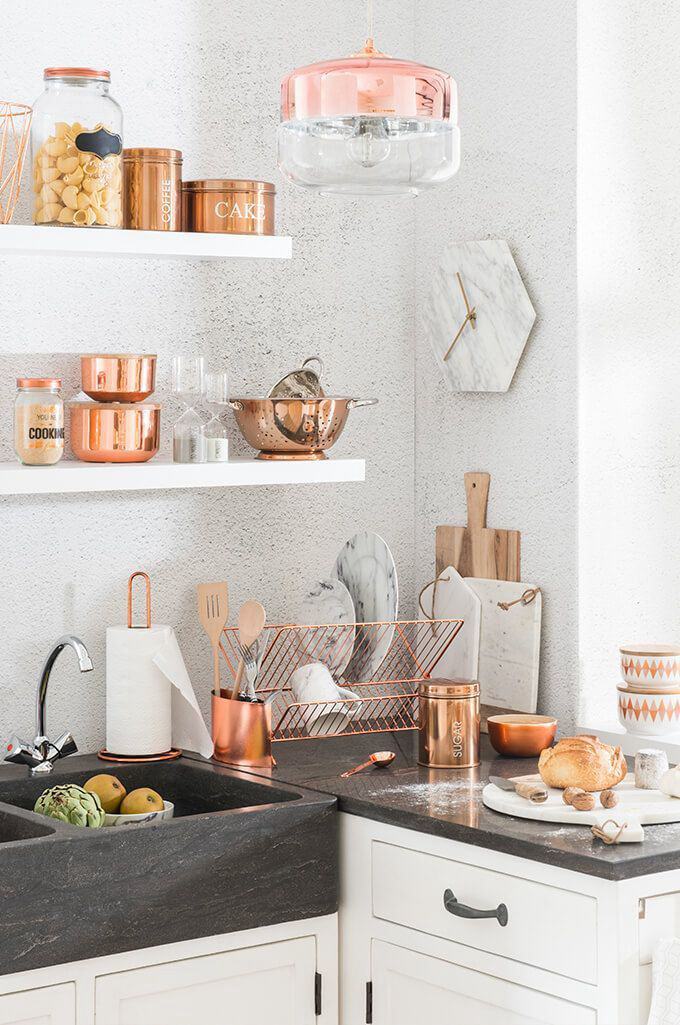
2. Works in Many Styles
Copper can be presented in a variety of forms and finishes. It can fit flawlessly into a rustic country home or add accents to an ultra-modern minimalist kitchen. Polished copper is smooth and sleek and works well with the contemporary Scandinavian aesthetic. If you are after a more industrial look, copper can be hammered or oxidized to add another layer of texture and character.
3. Antimicrobial
Copper and its alloys are scientifically proven to have natural antimicrobial properties. Even with what we know today, the antimicrobial properties of copper and its applications for protecting public health remain under intensive investigation. E. coli (Escherichia coli) is a highly infectious and dangerous pathogen found in food and water that can cause severe infections and even death. Research has shown that E. coli microbes on a copper surface were eliminated after 90 minutes at room temperature while they managed to survive for over 28 days on stainless steel.
4. Living Surface
Because unsealed copper surfaces react with oxygen, acids, and moisture in the air, they oxidize and tarnish over time. What is known as a patina forms on the surface of the copper, developing an organic coloration with pools of deeper brown and hints of red and green. If you want a surface that gets more beautiful and ages gracefully with the house, copper is perfect for you. That said, homeowners who prefer to have shiny, unblemished surfaces can get their copper features sealed with wax. A wax coating will protect the copper from corrosion but will need to be reapplied frequently.
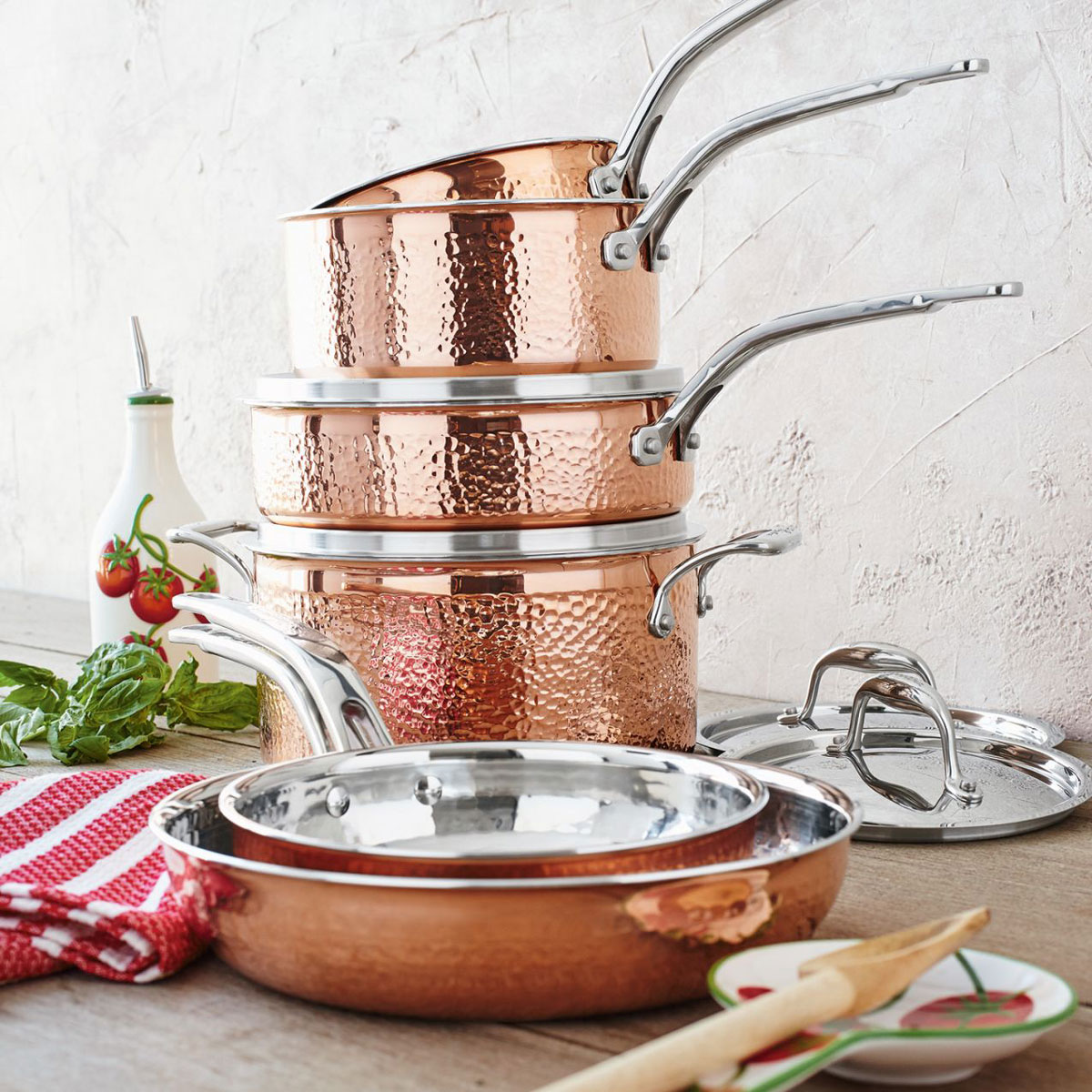
5. Easy to Clean
Although copper will develop a patina gradually, it is not a porous material. Hence you do not have to worry about it being stained easily. Copper is incredibly easy to clean. Simply rinse it with warm water and mild dishwashing soap and wipe dry with a soft cloth. Take care not to excessively polish your copper or use abrasive cleaning products that may remove the attractive patina and damage the surface of the copper.
Elements to Consider
Not all copper components are crafted to the same level of quality. There are several elements to consider when choosing your copper components that will affect their appearance and durability. Use these three factors to determine the quality of the item you wish to purchase.
Purity
Regardless of whether your copper piece uses new or recycled copper, it should contain at least 97% copper. While copper is often accompanied by a small percentage of zinc or another alloy, budget items can contain hazardous substances like lead or mercury as well. So be sure to ask for a full list of constituents. Alternatively, choose high-quality items made from 100% copper, such as this 30 inch copper sink, for peace of mind.
Gauge
The thickness of copper is described as its gauge. Thickness is an important indicator of the quality of your copper feature. It may be counterintuitive, but the thicker and stronger the copper, the lower its gauge. Copper items that are thin (and high gauge) will be more susceptible to water damage and wear. Lower quality copper items, especially sinks, will produce a tinny drumming sound when hit with running water.
Some copper retailers use the terms “annealed” or “cold-rolled” to describe their products but these refer mainly to the manufacturing process for copper sheets and have little bearing on the quality of the finished product itself. Whether or not a product is annealed, choose copper pieces that are around the 16-gauge mark.
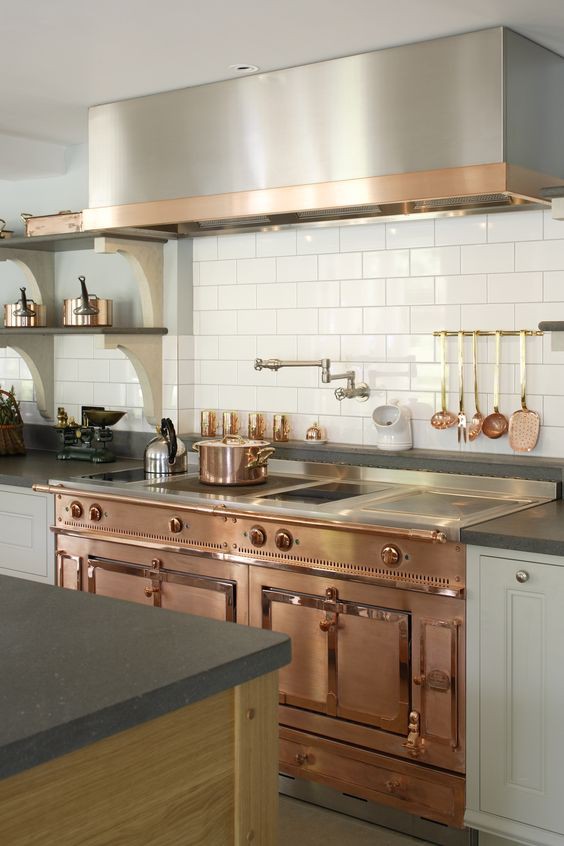
Construction
Although smaller sinks typically do not have seams, many larger sinks do. Seams on copper should be welded with copper rod instead of soldered. Soldered seams are weaker than copper-welded seams and are more prone to leaking and splitting. In addition, soldered seams have the possibility of containing lead. They may also eventually turn gray, ruining the look of your copper piece.
While copper components can cost slightly more than items made from average materials, they add much more character and warmth to your kitchen. If you want a kitchen that develops with you and will last for decades, copper is the perfect choice. Furthermore, its antimicrobial properties help you to keep food preparation areas free from harmful bacteria. Copper features and fixtures are an attractive addition to any kitchen.
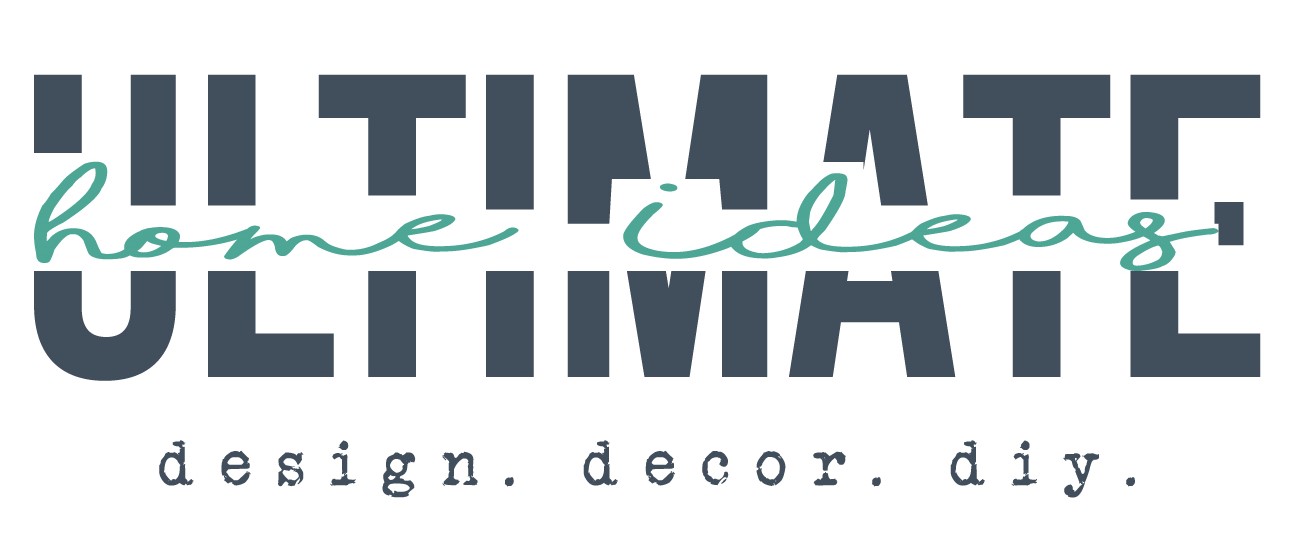




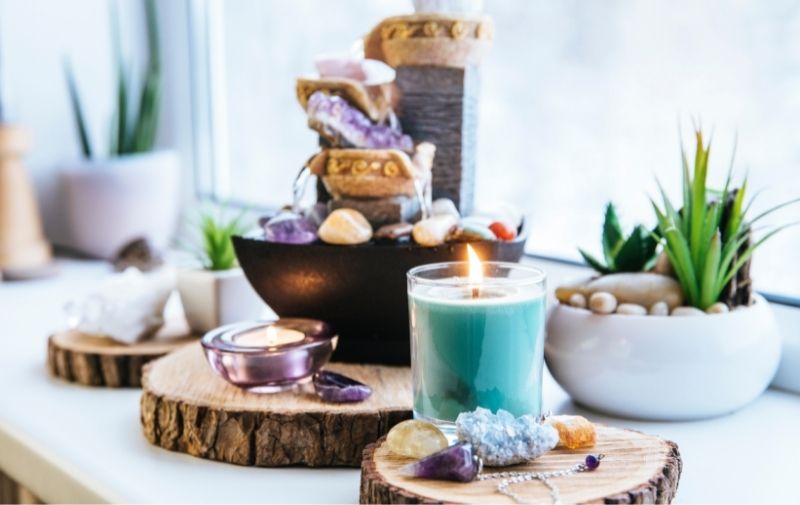

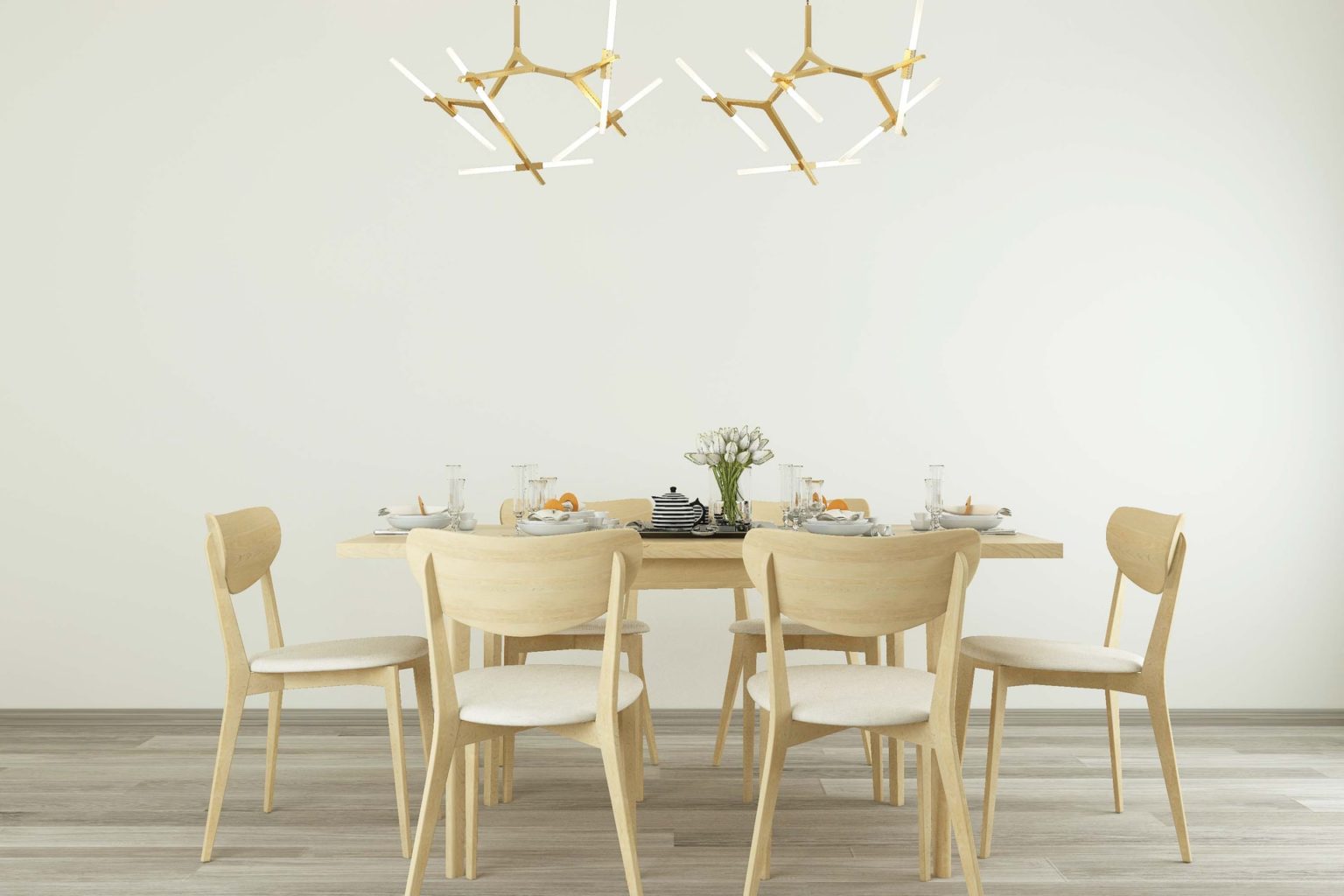
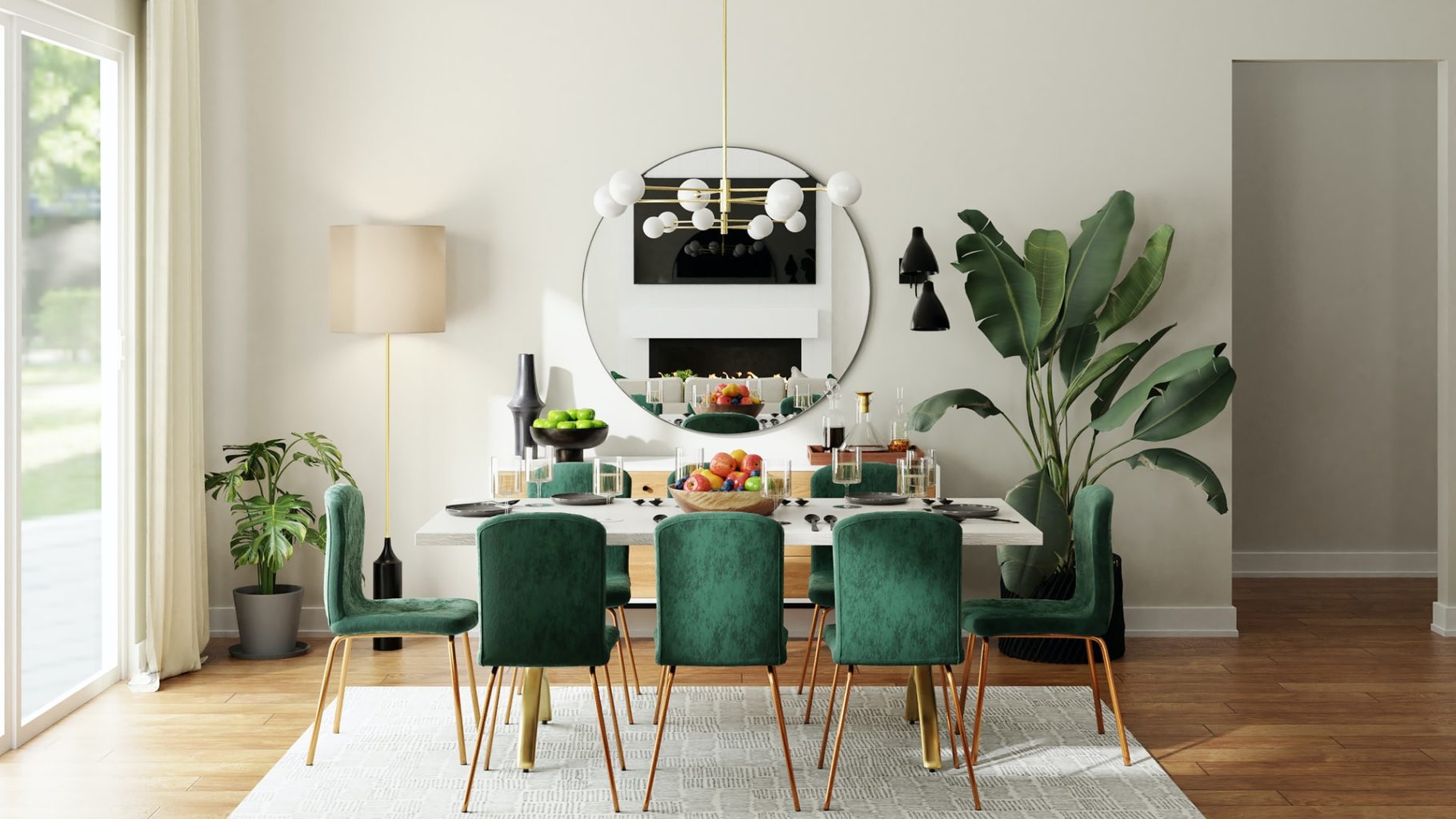
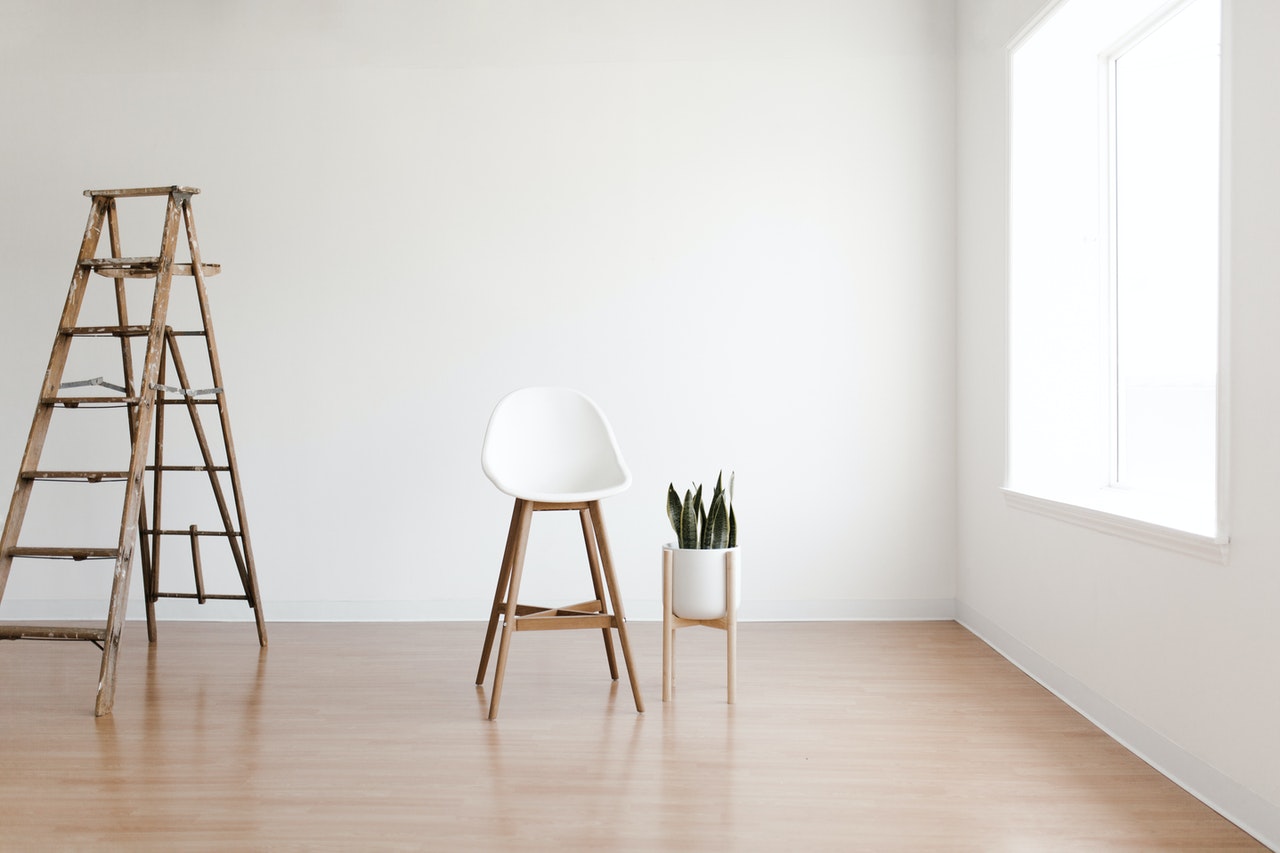
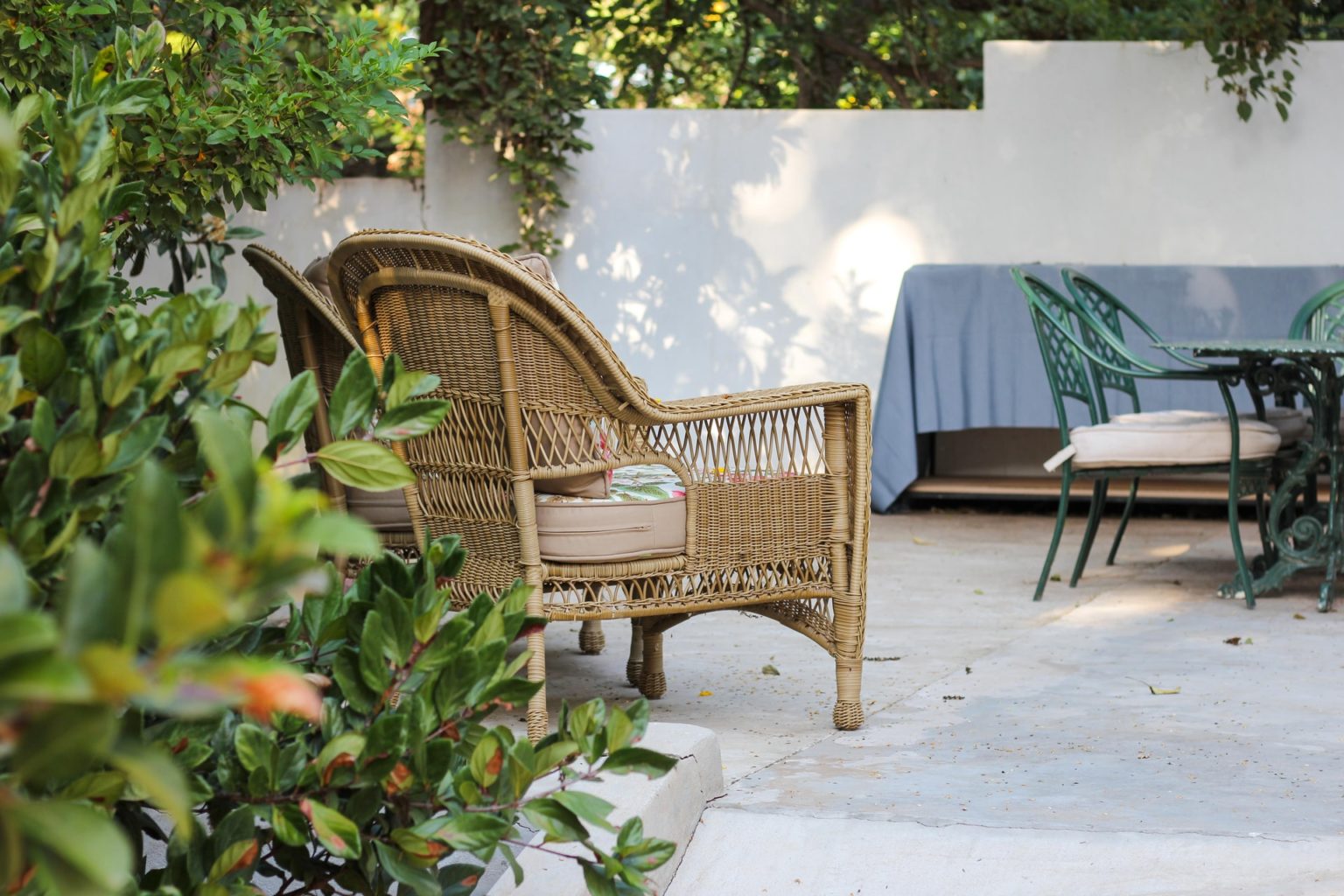
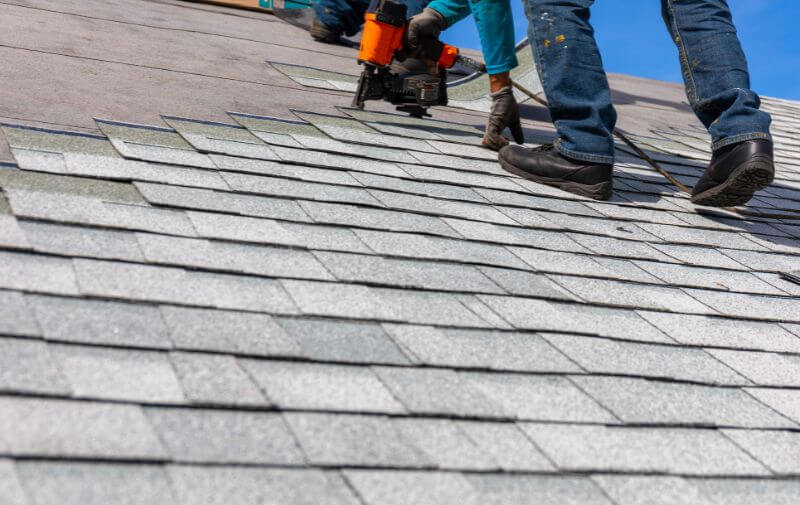
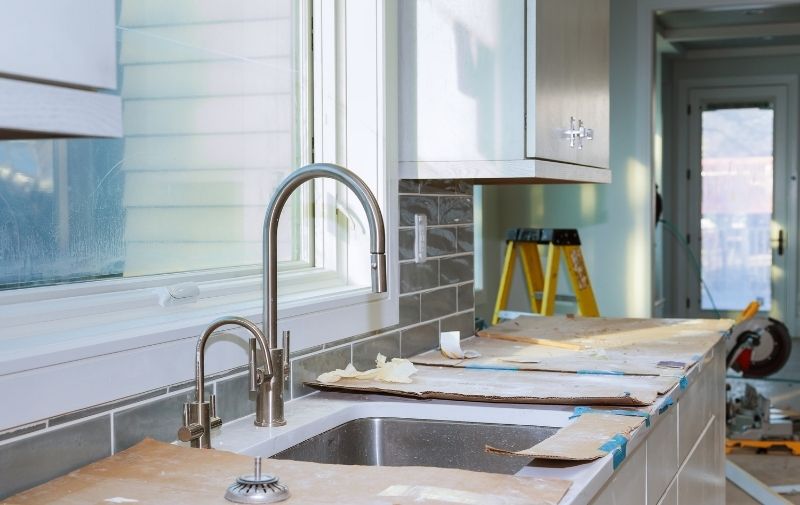

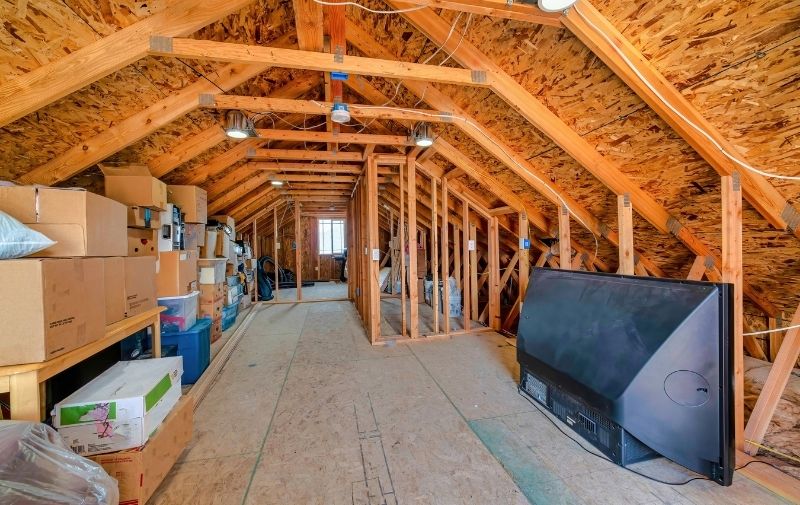
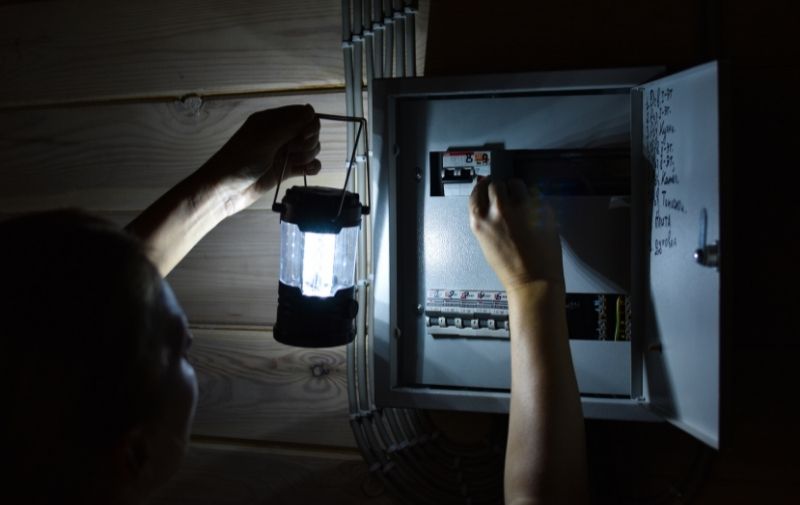
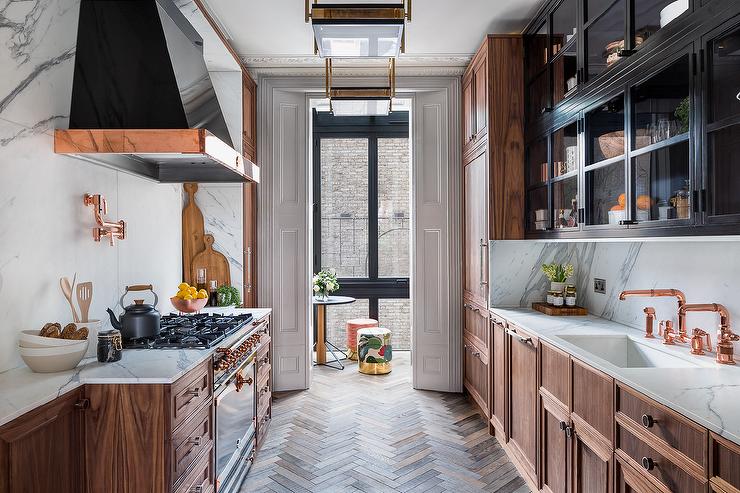


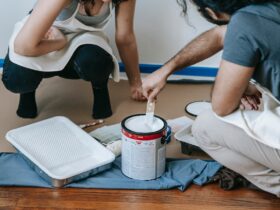

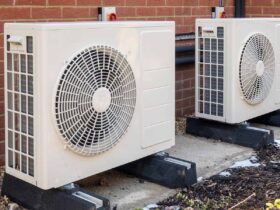
Leave a Reply